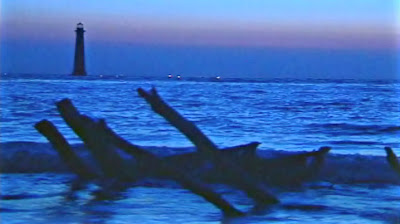I found his name and address. He's proud of what he does. He likes the attention because he feels he is doing do a service to this country by defending the first amendment.
I made a complaint to the business from where he rents server space. The business is Softlayer Technologies. Within hours the site was down. I was proud of myself for doing what was right. I was proud of Softlayer Technologies for doing what was right. Things aren't always as they seem, but more on that later.
I did feel, however, that I owed the owner of the Website, Pedowar.com, an explanation as to why I made the complaint. Mistake.
I caught up with him in a chat site after searching his name, the name of his Website, and a few other terms. I knew it was him because the specific topic was about the Website being shut down. I wrote an open letter of sorts explaining why I did what I did.
I knew it was only a matter of time before his site was up and running again. I asked him to be a man, prove that he "cares deeply about me", and take all mention of my family off his site. Read it all here. It's completely safe. It's not a pedo or porn site. It's just text.
I was certainly not satisfied with his refusal, so I took a dive into the underbelly of the Internet. I thank God that I was able to get some information, unbelievable information, without having to see any disgusting images. Some of the titles were enough to again make me sick to my stomach.
I found that Mr. Pedowar is all about displaying as much information as he possibly can. For all intents and purposes, he was bragging about me. This quote from him was taken from one of those underground pedophile sites. "He has no idea we know everything about him. He's a not too bright Christian."
Huh? How could he have all of my information?
Why? Because Softlayer Technologies provided him with my name, address, phone number, and email address.
I have two children.
Softlayer Technologies took down Mr. Pedowar's website because they believe that the content within is in violation of the law and/or their "zero tolerance policy". However, they gave my contact information to him.
Mr. Pedowar subsequently posted my contact information for all pedophiles to see on these underground pedophile Websites.
Watch the video. It's brief, and it will explain some of the additional details. By the way, Softlayer Technologies continues to provide this purveyor of pedophilia with service.
_____________________________________________________
Complete Series of this True Story
Complete Series of this True Story


